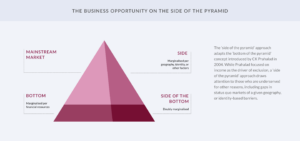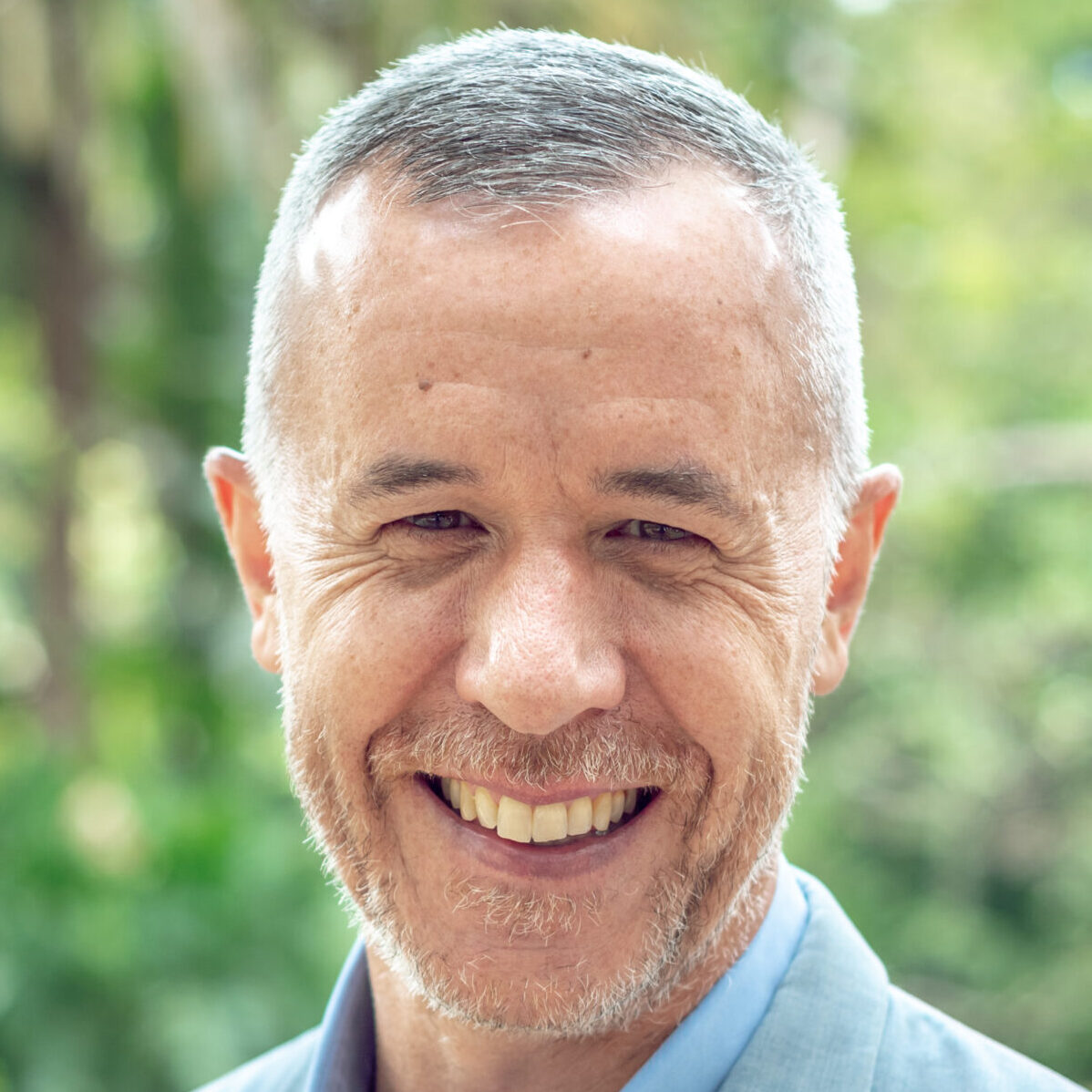Dalberg uses cookies and related technologies to improve the way the site functions. A cookie is a text file that is stored on your device. We use these text files for functionality such as to analyze our traffic or to personalize content. You can easily control how we use cookies on your device by adjusting the settings below, and you may also change those settings at any time by visiting our privacy policy page.
This year Dalberg celebrates 15 years in Asia-Pacific—a region rich with opportunities for impact-driven investment. As we reflect on our experience of supporting over 700 diverse organizations, the critical need to include end-user voices in decision-making emerges as one of our most important lessons. Without their perspectives, assumptions about needs and solutions can be both misleading and potentially harmful. Our first collaboration with Temasek-backed ABC Impact on the Voices from the Portfolio report offered us a chance to highlight several specific insights in this regard.
Over the past few months, we conducted an in-depth, user-focused study, capturing insights from over 1,800 users through surveys, interviews, and conversations with industry experts. The goal was to listen in to end-user voices and understand their unique experiences with the investees’ products and services. The study was driven by a shared commitment to understanding real-world impact from the perspectives of customers, families, and communities, and focused on five companies within ABC Impact’s portfolio—Chongho Bridge, Dami & Xiaomi, Kim Dental, Health Care at Home (HCAH), and Vedantu—spanning health, education, and financial services. It aimed to assess both intended and unintended outcomes, exploring alignment with original investment theses and identifying areas for continuous improvement.
Going beyond traditional metrics for impact measurement
It is amply clear that as the impact investing landscape grows and becomes more mainstream, it is no longer enough to simply address social and environmental problems while generating returns. Investors need to find sustainable and scalable business opportunities to serve the underserved in more meaningful ways. Meeting this challenge requires a nuanced approach to impact assessment that goes beyond traditional metrics and incorporates new indicators of success.
The Voices from the Portfolio report exemplifies this advancement in impact measurement. By centering intermediate outcomes as crucial indicators of progress, the study uses a structured framework for assessing impact investments, emphasizing awareness, affordability, availability, and quality as essential levers to drive scalability for impact-focused companies (see Figure 1). By focusing on these outcomes, portfolio companies can refine their offerings, ensuring that services continue to evolve. Investors can use these outcomes to foster resilience and support continuous improvement as portfolio companies navigate changing markets. We are happy to share that drawing from the intermediate outcome framework used in this study, ABC Impact plans to work with portfolio companies to design sub-services and innovative pathways to achieve harder-to-reach outcomes, such as affordability and availability, where relevant.

Figure 1: The AAAQE framework provides a structured approach to incorporating awareness, affordability, availability, and quality as intermediate outcomes toward achieving long-term objectives.
Powering Impact with End-User Insights
These were the three key insights from our work on the Voices from the Portfolio report:
- Redefine “Underserved” Beyond Income: Achieving full inclusion requires looking beyond traditional, income-based definitions of underserved populations. Anchoring on the ‘side of the pyramid’ approach (see Figure 2), our study found that barriers such as geographic isolation, cultural marginalization, and minority status can restrict access to essential services as much as economic limitations do. For example, Dami & Xiaomi, an autism care provider in China, supports families of children with autism, many of whom face social stigma, with a majority (52%) unaware of alternative service providers for their children’s development in the Chinese market. Similarly, Vedantu reaches girls and students in India’s smaller cities and remote areas, who often face additional barriers to travel to access quality education options. By broadening the focus to include these factors, impact investors can address unmet needs in communities that have often been overlooked, thus advancing the mission of inclusion and expanding impact. The base of the side of the pyramid may be commercially difficult to address given the small market size with low ability to pay. Hence, impact investors need to think about ways to bring in blended capital from philanthropic funders or government funding like business-to-government-to-consumer (B2G2C) frameworks or national insurance schemes to make this segment more commercially viable.

Figure 2: The business opportunity on the side of the pyramid illustrates this broader definition of underserved populations, highlighting the need to consider geographic, identity-based, and other barriers.
- Drive Secondary Impact as Key Value Proposition: Beyond core metrics, secondary impact areas like holistic well-being, caregiver support, and gender inclusion are essential markers of a company’s broader value. For instance, more than 60% of patients at Kim Dental, an early-mover dental chain in Vietnam, report improvements in self-image, mental well-being, and comfort in daily activities, underscoring the importance of holistic well-being. Similarly, 95% of Health Care At Home (HCAH) caregivers report an increase in personal time and a reduction in work fatigue, highlighting how companies empower caregivers by alleviating care burdens, enabling greater workforce participation, and promoting personal well-being. Additionally, Vedantu has addressed accessibility challenges faced by 32% of its female users who cannot access offline tutoring due to travel limitations, demonstrating a strong commitment to gender inclusion. These secondary impacts not only reinforce a company’s core mission but also foster sustainable, inclusive growth, showcasing a long-term commitment to societal progress.
- Build Ecosystems for Sustainable Impact: Achieving long-term impact requires a supportive ecosystem that goes beyond individual investments. Impact investors are uniquely positioned to foster partnerships and engage stakeholders across sectors to address systemic barriers, from regulatory constraints to affordability gaps. For example, one of the ways that companies can impact the ecosystem is by partnering with governments, universities, and training institutions. In our study, Dami & Xiaomi and Kim Dental demonstrate how their respective initiatives align with ecosystem efforts to build a higher-quality talent pool of therapists and medical professionals while setting up a quality bar across the field. Dami & Xiaomi has created a market for evidence-based interventions delivered by certified therapists, driving improvements in children’s skills and behaviors, raising autism awareness, and enhancing family well-being. Meanwhile, Kim Dental has set a new benchmark for professionalism in dental care in an underpenetrated market that others have started to follow. By accurately assessing and encouraging such ecosystem level impacts that also benefit the company directly, impact investors can generate broader returns and foster portfolio company growth within a supportive network, paving the way for sustainable and scalable change.
Explore, Engage and Connect for Inclusive Impact
With this report, ABC Impact has set a new standard for understanding the complexities of impact in Asia and providing a model for other investors seeking long-lasting social change. As the impact investing landscape in Asia continues to evolve, understanding the nuanced needs of local communities remains crucial.
To explore these findings further and discuss ways to drive impact through user-centered investment, we invite you to read the Voices from the Portfolio report and connect with:





